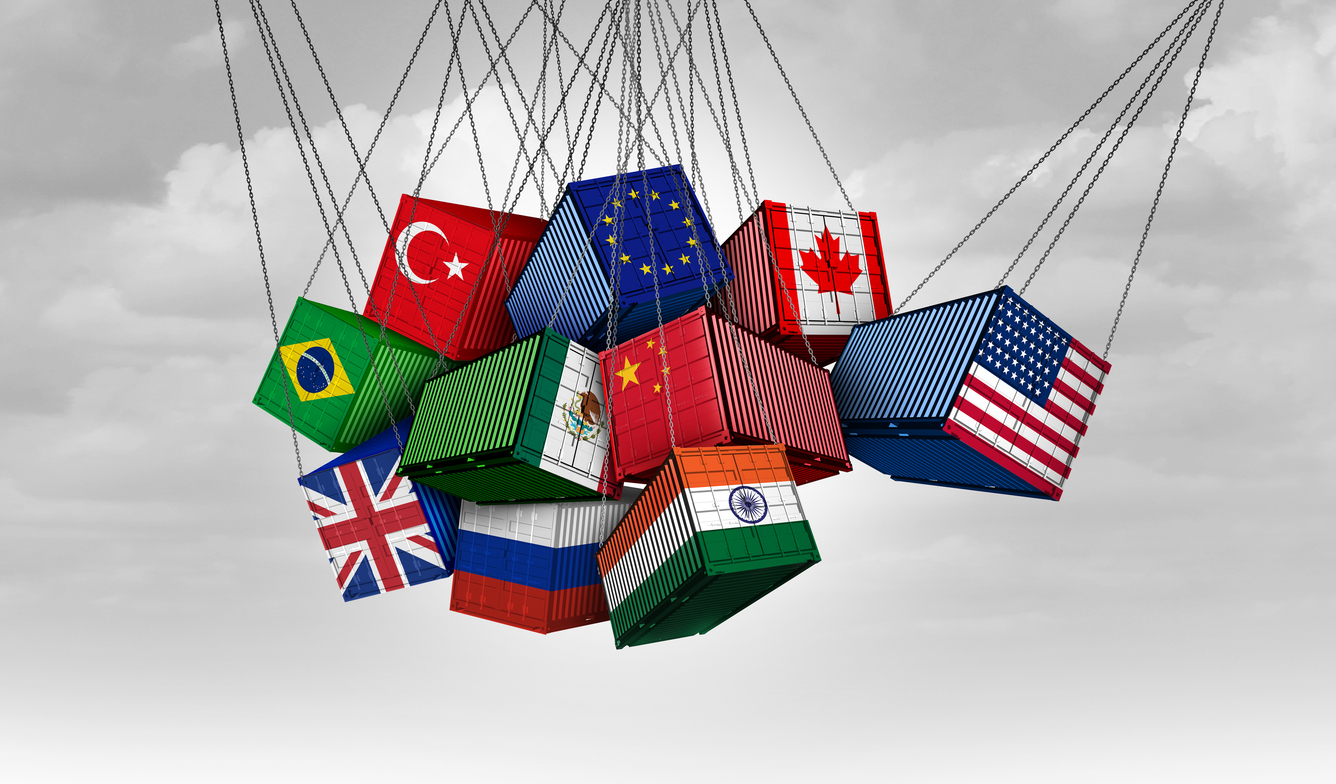USMCA Enters Into Force
- By [ Blake Harden ]
- 07/01/2020
Today, the U.S.-Mexico-Canada Agreement (USMCA) entered into force, replacing the North American Free Trade Agreement (NAFTA). RILA released a statement welcoming the move to strengthen our trading relationships with Canada and Mexico and called on the Administration to conclude additional trade agreements that lift tariffs, remove barriers to American goods and services, and help American businesses compete globally.
U.S. Trade Representative Robert Lighthizer also issued a statement today commemorating the USMCA’s entry into force. In his statement, Ambassador Lighthizer celebrated the USMCA’s improvements over NAFTA and noted the agreement “will deliver more jobs, stronger worker protections, expanded market access, and great opportunities to trade for companies large and small.” He noted the United States will continue working with Mexico and Canada “to ensure the USMCA is enforced.” He further stated “[t]he recovery from the Covid-19 pandemic demonstrates that now, more than ever, the United States must stop the outsourcing of jobs and increase our manufacturing capacity and investment here at home. With the USMCA’s entry into force, we take another giant step forward in reaching this goal and advancing President Trump’s vision for pro-worker trade policies.” You can find the full statement here.
To implement the new provisions, CBP has now published the supporting USMCA regulations, the new Part 182 of Title 19, Code of Federal Regulations (19 CFR Part 182) that includes the USMCA Uniform Regulations. There is a public comment period for this interim final rule – with the comment period closing August 31, 2020.
In addition, the Harmonized Tariff Schedule of the United States will be amended, effective today, to include General Note 11 (GN11) with information on the USMCA rules of origin, product specific rules, and other requirements.
Yesterday, CBP published the final USMCA Implementing Instructions. The final instructions replace the Updated USMCA Interim Implementing Instructions issued on June 16, 2020. The final instructions provide guidance on the new requirements under USMCA, including information on USMCA entry, compliance, rules of origin, origin certifications, new auto requirements, textile requirements, and other requirements for claiming USMCA preferential treatment of goods. As previously noted, CBP has said that it “may in appropriate cases, show restraint in enforcement during the six-month period after USMCA’s entry-into-force” and that “CBP will take into account the difficulties importers may face in complying with the new rules, as long as importers are making s atisfactory progress toward compliance and are making a good faith effort to comply with the rules . . . .” If you have questions regarding the guidance, CBP advised contacting Maya Kamar, Director, Textiles and Trade Agreements Division at (202) 945-7228 or email FTA@CBP.DHS.GOV. As a reminder, CBP’s USMCA resource page can be accessed here.
For more information about USMCA, please contact RILA Vice President of International Trade Blake Harden.
Tags
-
International Trade
-
Public Policy
-
Supply Chain



